Fewleaf Sunflower
- September 26, 2023
- 0 comment
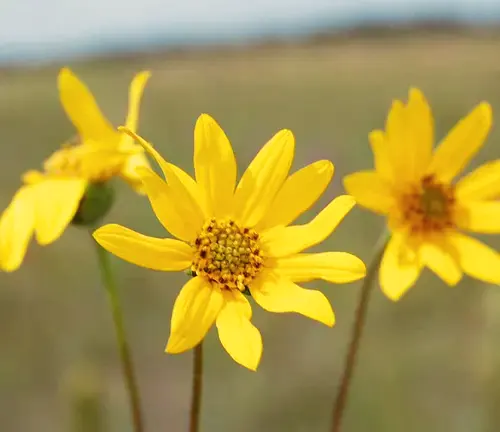
Fewleaf Sunflower (Helianthus occidentalis), also known as the Western Sunflower, is a captivating wildflower native to the western regions of North America. This sunflower species exhibits remarkable adaptability and hardiness, making it a prominent and cherished inhabitant of a variety of ecosystems. Its slender, branching stems can reach impressive heights of up to six feet, forming a graceful backdrop for its striking yellow blossoms. These blossoms, reminiscent of miniature suns, grace the landscape from late summer into early autumn, creating a delightful sight in the wild.
Fewleaf Sunflower typically displays just a few narrow leaves along its stem, with a more substantial cluster of foliage near the plant’s base. This unique leaf arrangement directs the plant’s energy towards producing its radiant blossoms, which are a visual delight and an integral part of the ecosystem. Fewleaf Sunflower’s adaptability is evident as it thrives in various habitats, including prairies, grasslands, and roadsides, contributing to the beauty and biodiversity of these environments.
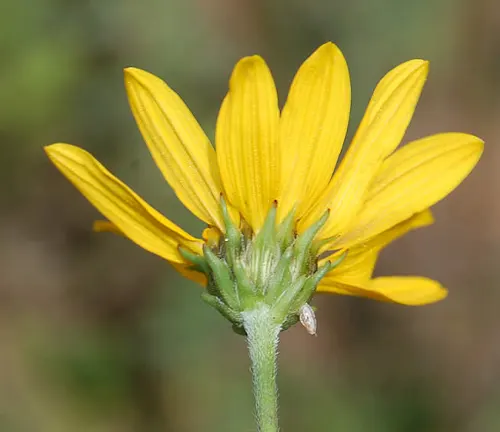
Fewleaf Sunflower is renowned for its resilience and adaptability, thriving in various habitats, including prairies, meadows, and disturbed areas. It plays a crucial role in supporting local biodiversity. The nectar-rich flowers serve as a magnet for pollinators like bees and butterflies, contributing to the health and sustainability of these ecosystems. Additionally, its seeds are a vital food source for birds and other wildlife, underscoring its importance in maintaining the ecological balance of its native habitats. Fewleaf Sunflower is not only a symbol of natural beauty but also an essential contributor to the health and well-being of its ecosystems.
| Characteristics | Description |
| Scientific Name | Helianthus occidentalis |
| Common Names | Fewleaf Sunflower, Western Sunflower |
| Plant Type | Native Wildflower |
| Habitat | Prairies, Meadows, Grasslands, Roadsides |
| Height | Up to 6 feet (1.8 meters) |
| Stem | Slender, branching |
| Leaves | Sparse, narrow, mostly near the base |
| Flowering Season | Late Summer to Early Autumn |
| Ecological Importance | Provides nectar for pollinators (bees, butterflies) and seeds for birds and wildlife |
| Range | Western regions of North America |
| Adaptability | Thrives in various habitats, including disturbed areas |
| Ecosystem Role | Enhances biodiversity and supports local wildlife |
| Aesthetic Value | Bright and eye-catching yellow blooms |
| Cultural Significance | Symbolizes natural beauty in the western regions of North America |
Getting to Know the Botanical Beauty of Fewleaf Sunflower
Fewleaf Sunflower, scientifically known as Helianthus occidentalis, is a floral masterpiece indigenous to the western regions of North America. This botanical beauty has captivated the hearts of nature enthusiasts and conservationists alike. With its slender, graceful stems that can reach heights of up to six feet, the Fewleaf Sunflower presents an exquisite spectacle. What makes this sunflower truly stand out, however, is its minimalist approach to leaves.
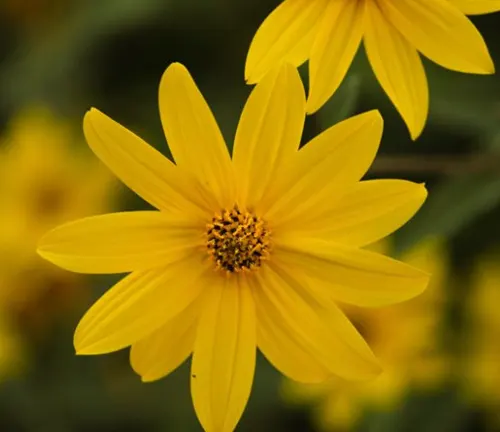
Woodland Elegance
Fewleaf Sunflowers’ elegance lies in their minimalist leaf arrangement. True to their name, they typically feature only a few narrow leaves, most of which are clustered near the base of the plant. This unique characteristic directs the plant’s energy towards producing brilliant yellow blossoms that evoke the warmth of the sun itself. These radiant flowers bloom from late summer into early autumn, adding a touch of woodland charm to the landscape.
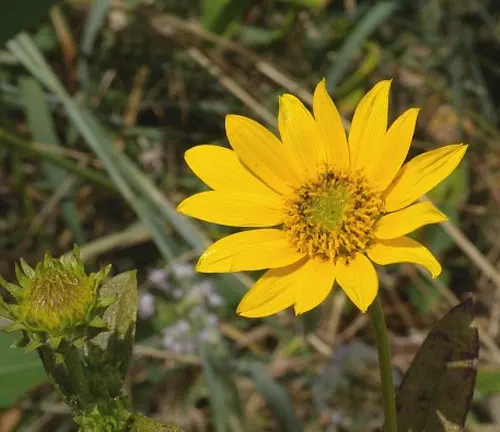
Ecological Importance
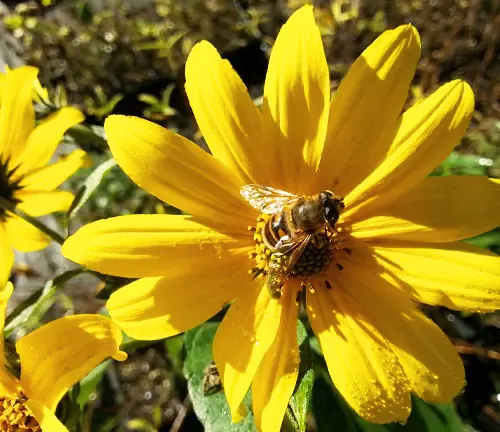
Fewleaf Sunflowers aren’t just a treat for the eyes; they play a crucial role in the ecosystems they inhabit. Their nectar-rich flowers serve as a haven for pollinators like bees and butterflies, enhancing local biodiversity. Equally significant, their seeds provide vital sustenance for various bird species and other wildlife, contributing to the intricate web of life in their native habitats.
Cultivation and Conservation
For gardeners and conservationists alike, Fewleaf Sunflowers offer a rewarding experience. Their adaptability allows them to thrive in diverse habitats, from pristine prairies to disturbed areas. While Fewleaf Sunflowers are generally stable and not considered a threatened species, conservation efforts are crucial to safeguard their natural habitats. Cultivating these sunflowers in gardens can not only preserve their beauty but also contribute to the health of local pollinator populations.
Fragrance
Fewleaf Sunflowers may not be known for their fragrance, but they possess an undeniable visual allure. Their bright yellow blossoms radiate a sense of joy and positivity, making them a delightful presence in any natural setting or garden.
Soil Stabilization
Beyond their aesthetics and ecological significance, Fewleaf Sunflowers offer a unique gift – soil stabilization. Their extensive root systems make them valuable allies in preventing soil erosion, particularly in landscapes prone to erosion, such as roadsides and hillsides. This unassuming trait makes them essential components of ecosystems, helping to maintain the integrity of the soil.
Benefits
Fewleaf Sunflowers hold a treasure trove of benefits. They enhance biodiversity by supporting pollinators and providing essential nourishment for wildlife. For gardeners, they offer an opportunity to cultivate a piece of western North American natural beauty. Their soil-stabilizing prowess contributes to the preservation of landscapes and the prevention of erosion.
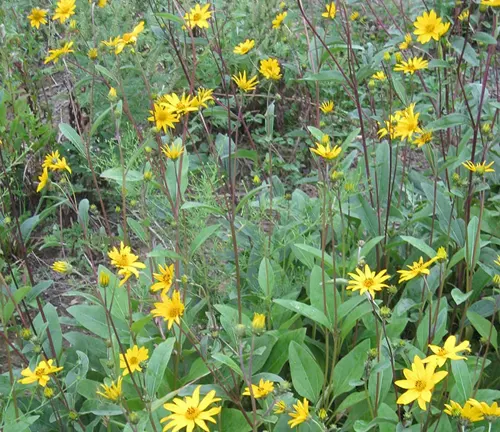
Frequently Asked Questions (FAQs)
- Are Fewleaf Sunflowers the only sunflower species with such minimal leaves?
No, Fewleaf Sunflowers are not the only sunflower species with this characteristic, but they are one of the more prominent examples. Some other sunflower species also exhibit sparse leaf arrangements along their stems, although the extent and pattern of leaf distribution can vary among different species. - Do Fewleaf Sunflowers have any cultural significance or traditional uses among indigenous communities?
Yes, Fewleaf Sunflowers hold cultural significance among some indigenous communities in their native range. They have been used for various purposes, such as in traditional medicinal practices and as a food source for both people and wildlife. Additionally, the bright yellow blooms of Fewleaf Sunflowers may have cultural symbolism and ceremonial significance in some indigenous cultures. - Do Fewleaf Sunflowers have any unique adaptations to their specific habitats?
Yes, Fewleaf Sunflowers exhibit adaptations to their habitats, especially in regions with variable moisture levels. Some populations of Fewleaf Sunflowers have developed variations in their root systems and growth patterns to better suit their local environmental conditions. These adaptations contribute to their resilience in diverse ecosystems. - Are there any notable historical references to Fewleaf Sunflowers in literature or art?
Fewleaf Sunflowers have made appearances in various forms of art and literature throughout history. They have been subjects of botanical illustrations, and their vibrant yellow blooms have inspired artists and writers as symbols of beauty and vitality in nature. Exploring the historical representations of Fewleaf Sunflowers can provide insight into the cultural perceptions of these wildflowers. - Can Fewleaf Sunflowers hybridize with other sunflower species?
While hybridization is possible among different sunflower species, Fewleaf Sunflowers tend to have distinct characteristics that may limit their hybridization with other sunflower species. However, in regions where multiple sunflower species coexist, hybridization can occur, leading to unique variations in sunflower populations. Studying these hybrids can provide valuable insights into plant evolution and adaptation.



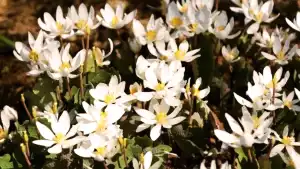

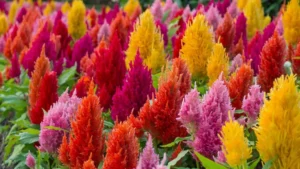

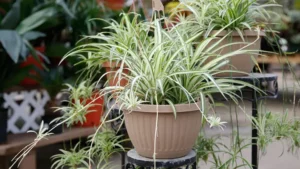
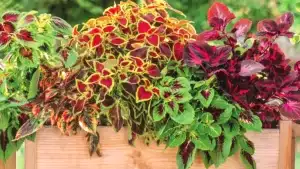
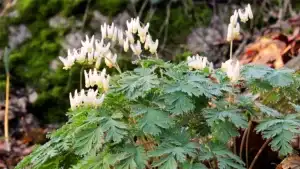
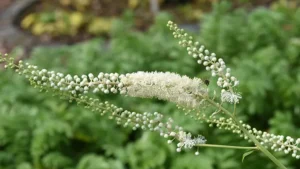
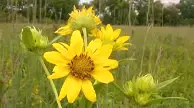
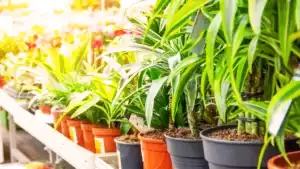

Leave your comment